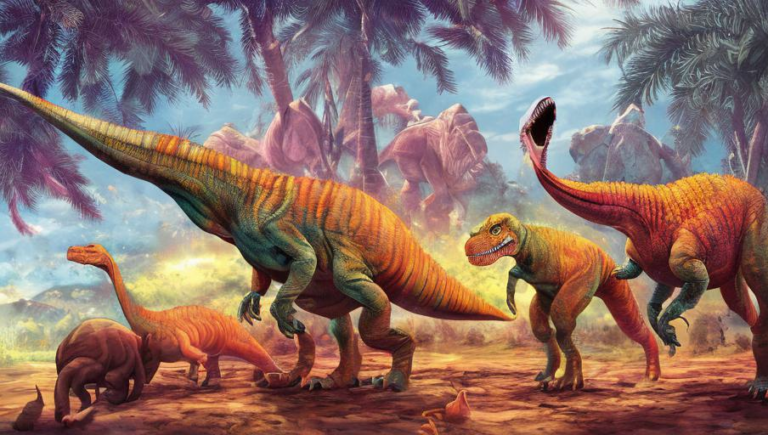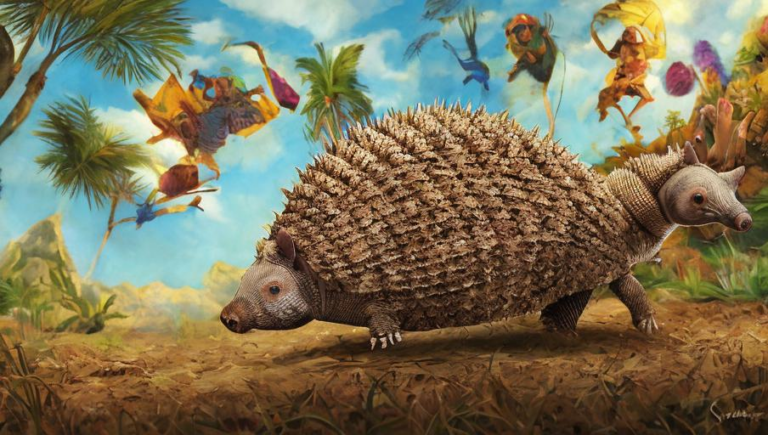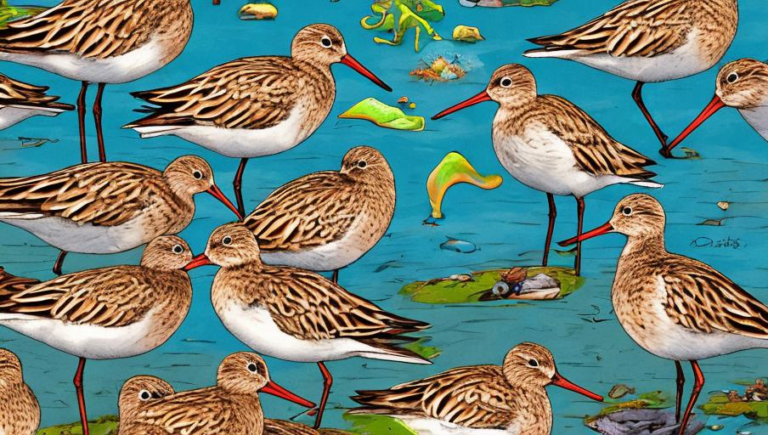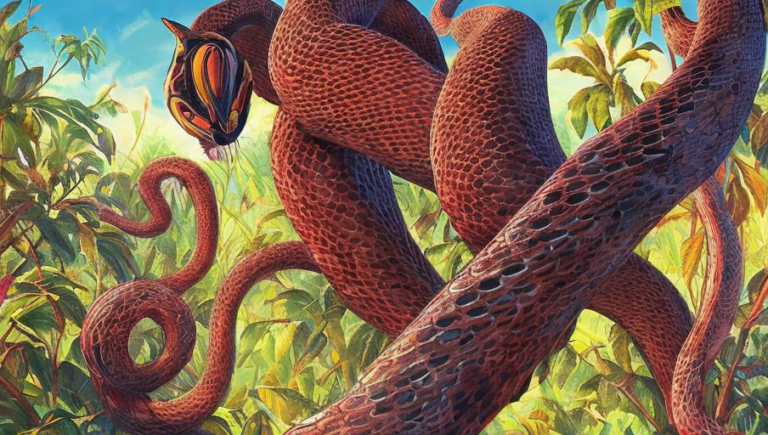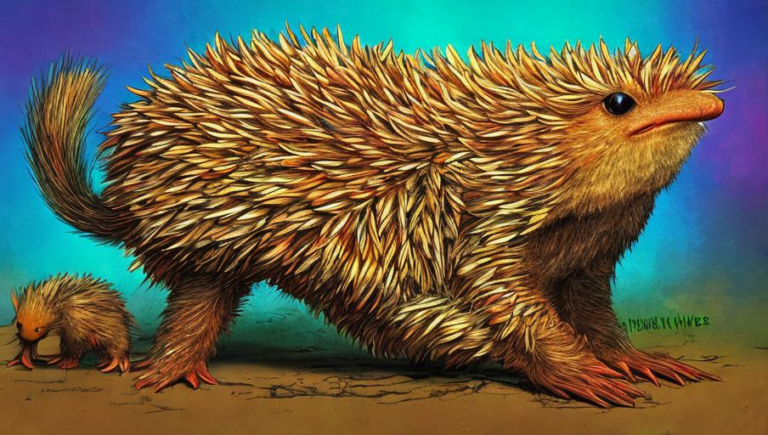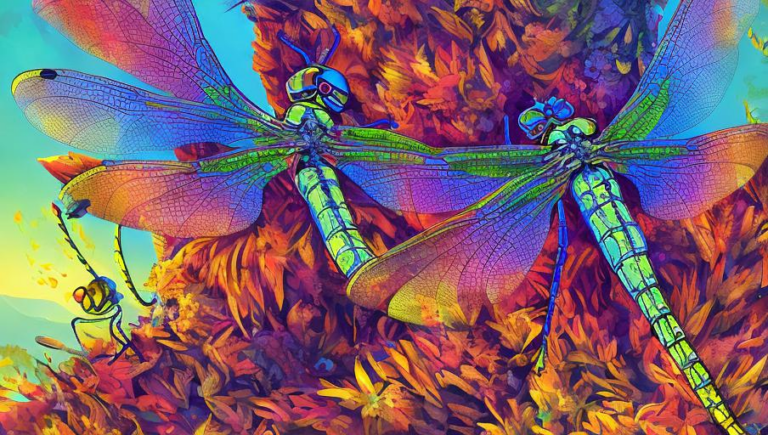Gathering a Deeper Understanding of Anteater Behavior
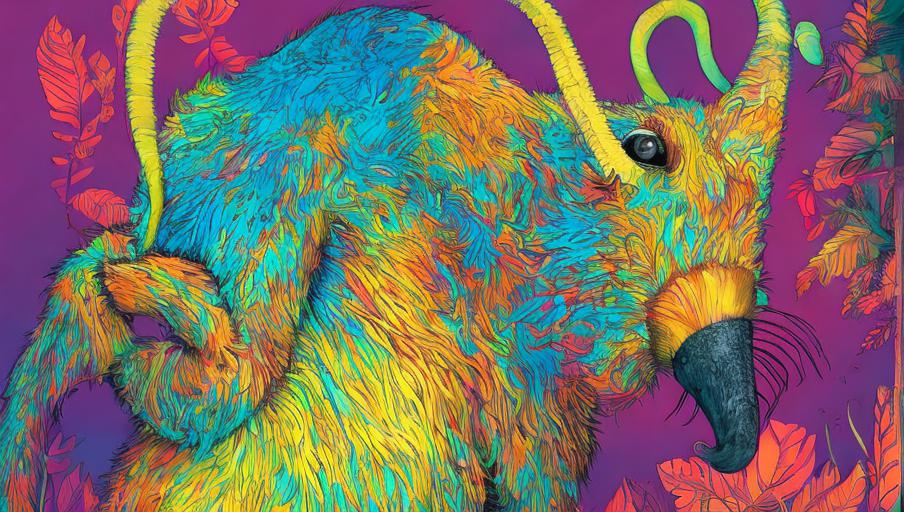
Introduction to Anteaters
Anteaters are a unique species of mammal that inhabit the tropical forests of Central and South America. They have long snouts and tongues that are perfect for scooping up their favorite meal of ants and termites. They are also known for their long claws that help them to dig for their food. Anteaters have a voracious appetite and can consume up to 35,000 insects in one day!
Behavior and Social Habits
Anteaters are solitary animals, meaning they prefer to live alone. During the day, they can be found sleeping in tree hollows or burrows and will come out to feed at night. They are most active during the warm season and will often be seen in groups of two or three during mating season. Anteaters have a powerful sense of smell that helps them to locate food and mates. They use their tail as a way to communicate with other anteaters.
Diet and Foraging
Anteaters are mainly insectivores, meaning they feed mostly on insects. They have a long, sticky tongue that helps them to capture prey. They are also known to eat eggs, small vertebrates, and some fruit. When foraging for food, anteaters will often use their claws to dig up the nests of ants and termites. They will then use their tongue to scoop up their prey.
Threats and Conservation
Anteaters are threatened by habitat loss due to deforestation and other human activities. They are also affected by poaching, as their fur is highly valued. Additionally, they are hunted for their meat and as a source of medicine in some areas. To help protect anteaters, conservationists are working to expand protected areas and raise awareness about the importance of protecting these animals.
Conclusion
Anteaters are fascinating creatures that inhabit the tropical forests of Central and South America. They have an interesting diet and behavior, and they are important to the ecosystems they inhabit. As their habitats are threatened by human activities, it is important to take steps to conserve and protect these animals. By learning more about anteaters, we can gain a deeper understanding of their behavior and ecology.
